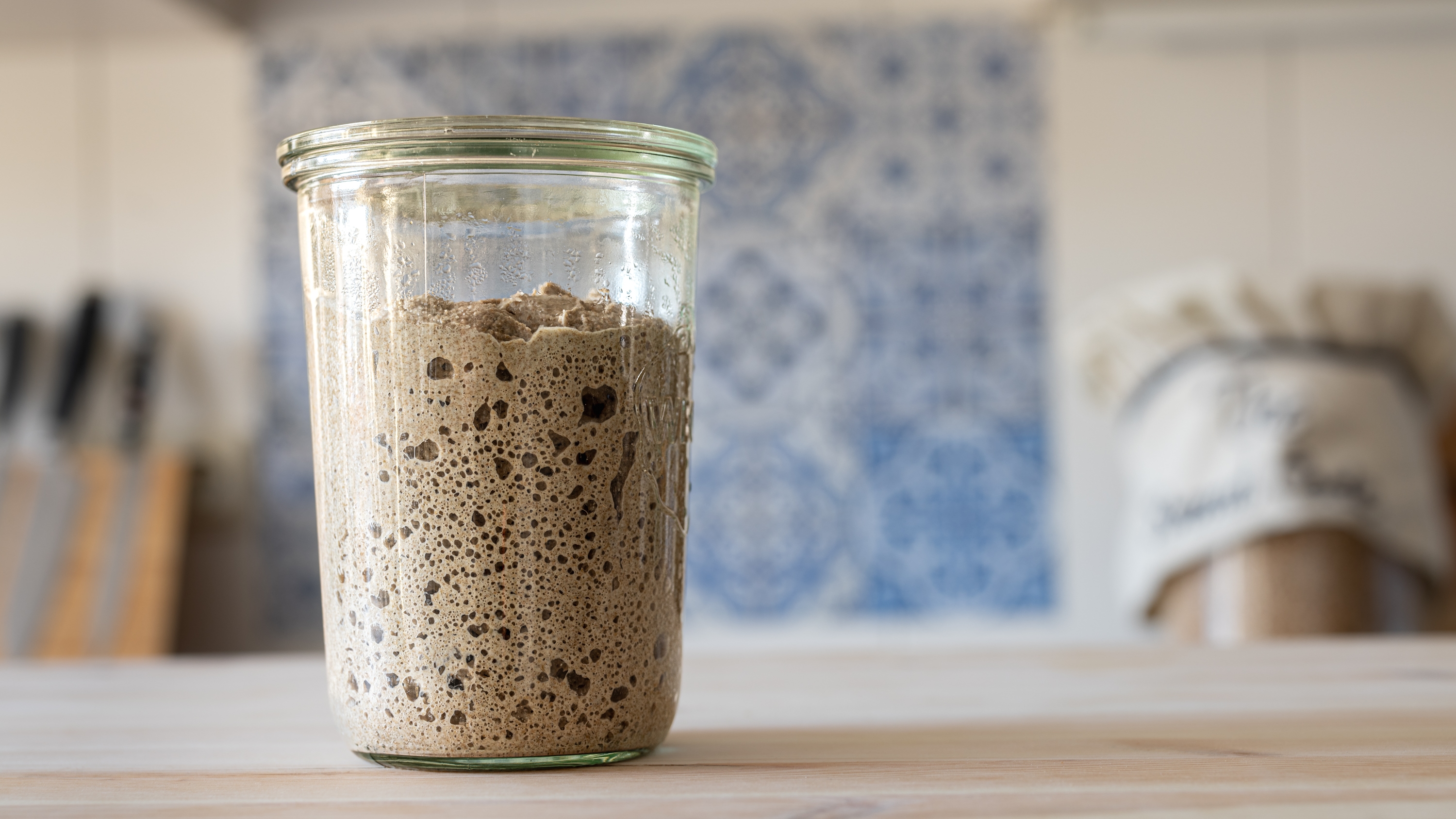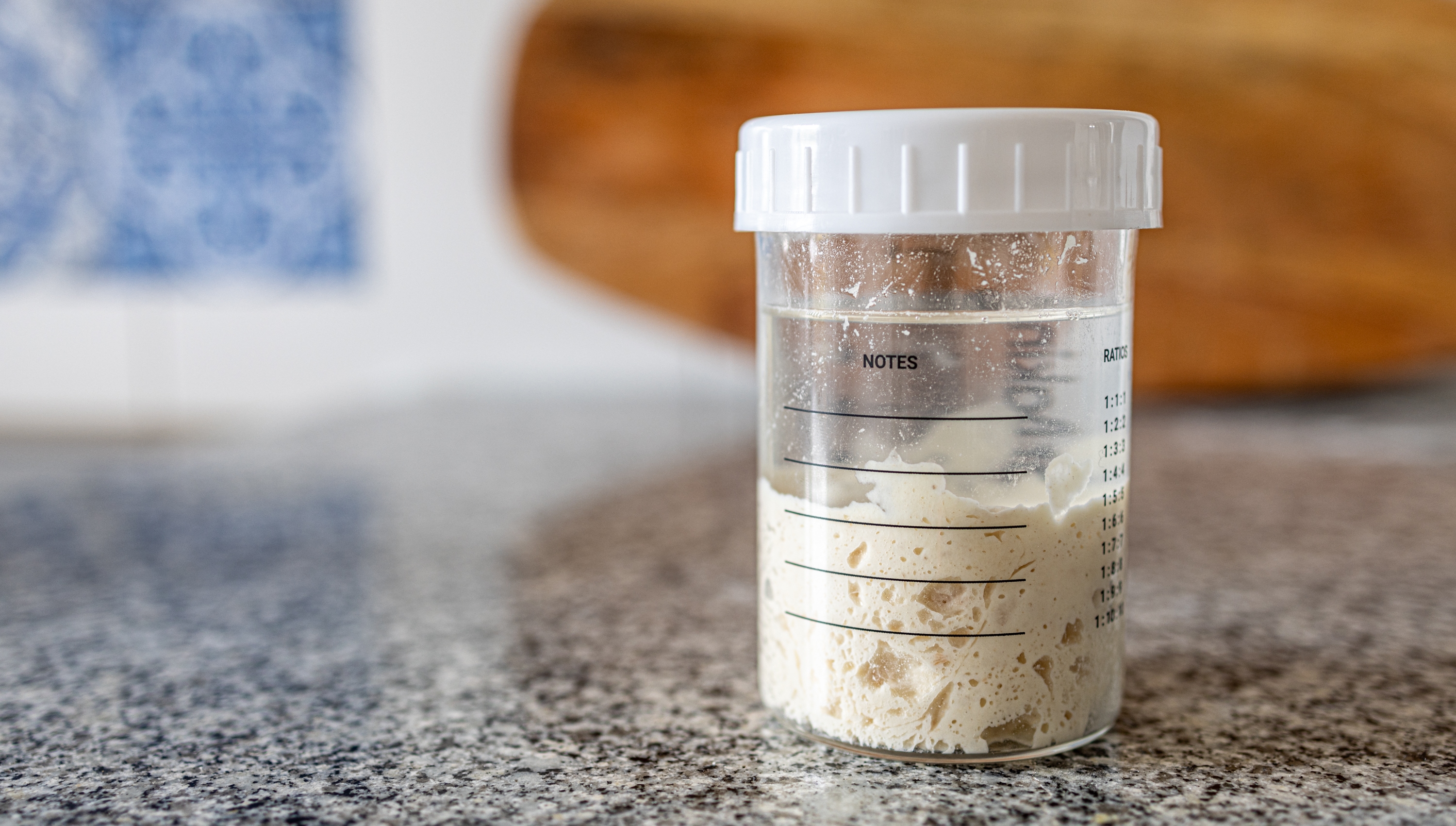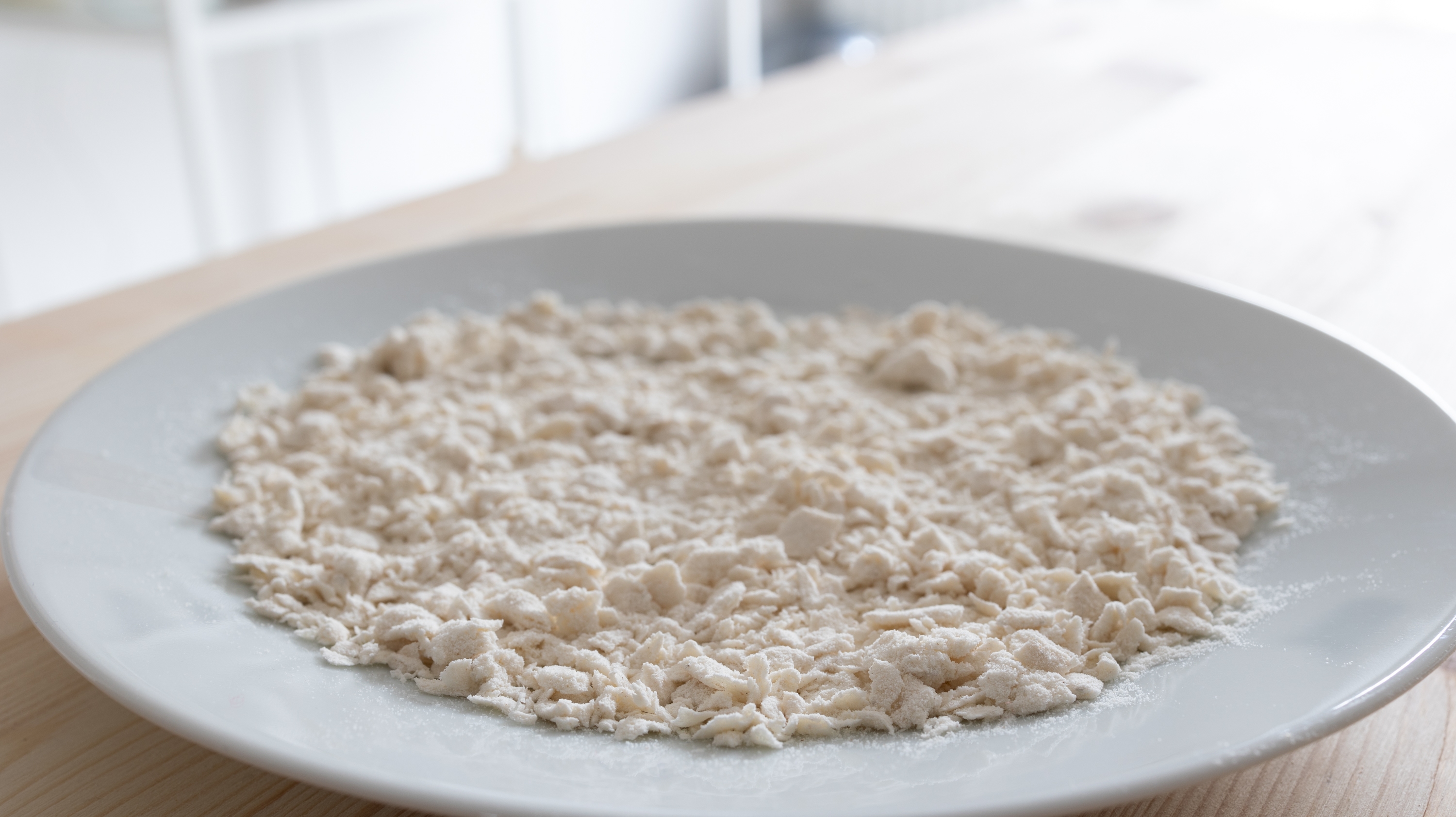How to Store Your Sourdough Starter (3 options)
How do you best store your sourdough starter for later? In this article I will show you and evaluate the best 3 available options.
Background
There are countless of different maintenance methods out there. Some people go completely crazy about their starter and perform daily feedings of the starter. The key to understanding how to properly store your starter is to understand what happens to your starter after you used it to make a dough. Whatever starter you have left, or a tiny piece of your bread dough can serve to make your next starter.
Resilient microbes
The microbes in your starter are very resilient. They block external pathogens and other microbes. That is the reason why when buying a sourdough starter you will preserve the original microbes. They are likely not going to change in your starter. They are outcompeting other microbes when it comes to fermenting flour. Normally everything in nature starts to decompose after a while. However the microbes of your starter have very strong defense mechanisms. In the end your sourdough starter can be compared to pickled food. Pickled food has been shown to stay good for a very long period of time. The acidity of your sourdough starter is quite toxic to other microbes. The yeast and bacteria though have adapted to living in the high acid environment. Compare this to your stomache, the acidity neutralises many possible pathogens. As long as your starter has sufficient food available it will outcompete other microbes. When the starter runs out of food the microbes will start to sporulate. They prepare for a period of no food and will then reactivate the moment new food is present. The spores are very resilient and can survive under extreme conditions. Scientists have claimed they found 250 million year old spores still active spores.
Vulnerable spores
While being sporulated they are howevever more vulnerable to external pathogens such as mold. Everything in nature is at some point decomposed and broken down by other microorganisms. Under ideal conditions though the spores can survive for a long time.
But as long as they stey in the environment of your starter they live in a very protected protected environment. Other fungi and bacteria have a hard time decomposing your left over starter mass. I have seen only very few cases where the starter actually died. It is almost impossible to kill a starter.
Imbalance
What happens though is that the balance of yeast and bacteria changes in your starter. The bacteria is more adapt to living in the acidic environment. This is a problem when you make another dough. You want to have the proper balance of fluffness and sour notes. When a starter has hibernated for a long period of time chances are that you do not have a desirable balance of microbes. Furthermore depending on the time your starter hibernated you might only have sporulated microbes left. So a couple of feedings will help to get your sourdough starter into the right shape again.
3 Different options to store your starter
The following are 3 scenarios that help you to conduct proper starter maintenance. The option to choose depends on when you want to bake next.
Storing at room temperature: Next day bake
Simply take whatever starter you have left and feed it again. If you depleted all your starter you can cut a piece of your dough. The dough itself is nothing different than a gigantic starter. I recommend a 1:5:5 ratio like mentioned before. So take 1 piece of starter, feed with 5 parts of flour and 5 parts of water. If it is very hot where you live, or if you want to make the bread around 24 hours later after your last feeding, change the ratio. In that case I would go for a 1:10:10 ratio. Sometimes I don’t have enough starter. Then I even use a ratio of 1:50:50 or 1:100:100. Depending on how much new flour you feed it takes longer for your starter to be ready again.
Storing in the fridge: Baking next week
Simply take your leftover starter and place it inside of your fridge. It will stay good for a very long period of time. The only thing I see happening is the surface drying out in the fridge. So I recommend to drown the starter in a little bit of water. This extra layer of water provides a good protection from the top part drying out. As mold is aerobic it can not grow efficiently grow under water. When you use it again just drain the excess liquid from the top. Or use the liquid to make a sour hot sauce.
The colder it is the longer you preserve a good balance of yeast and bacteria. Generally the warmer it is the faster the fermentation process is. The colder the slower the whole process becomes. Below 4°C the starter fermentation comes to a complete halt.
Drying/Freezing your starter: Baking in months
Drying your starter might be the best option to preserve it in this case. As you remove humidity and food your microbes will sporulate. As there is no humidity the spores can resist other pathogens very well. A dried starter can be good for years.
Simply take your starter and mix it with flour. Try to crumble the starter as much as possible. Add more flour continously until you notice that the is no moisture left. Place the flour starter at a dry place in your house. Let it dry even more. If you have a dehumidifier you can use this to speed up the process. Set it to around 30°C and dry the starter for 12-20 hours. The next day return your starter. It is in a vulnerable state as there is still a bit of humidity left. Add some more flour to speed up the drying process. Repeat for another 2 days until you feel that there is no humidity left. This is important or else it might start to mold. Once this is done simply store the starter in an airtight container. If you can proceed and freeze the dried starter. Both options work perfectly fine. Your sporulated starter is now waiting for your next feeding.
Initially it would take 3 days or so for my starter to become alive again after drying and reactivating it. If I do the same thing now my starter is sometimes ready after a single feeding. It seems that the microbes adapt. The ones that survive this shock become dominant subsequently.
The below is a flowchart showing how I approach the storage topic.
So in conclusion the maintenance mode you choose depends on when you want to bake next. The goal of each new feeding is to make sure your starter has a desired balance of yeast and bacteria when making a dough. There is no need to provide your starter with daily feedings, unless it is not mature yet. In that case each subsequent feeding will help to to make your starter more adapt at fermenting flour.
Hope this was helpfull. This content is all part of the free ebook that you can download via the navigation here on this page. There are some more details and all the sources for the knowledge.
[ { “question”: “How do you store a sourdough starter?”, “answer”: “Depending on when you want to bake next either store the starter at room temperature, in the fridge or dry it.” }, { “question”: “How do you dry a sourdough starter?”, “answer”: “Take some of your starter and mix it with some flour. Crumble it until there is no excess moisture. Keep starter like this at room temperature for a few days. Add more flour each day if needed.” }, { “question”: “How to store a sourdough starter in the fridge?”, “answer”: “It is best to add some additional water on top of your starter. The liquid blocks pathogens such as mold. Then store the starter at around 4°C (40°F) in your fridge.” }, { “question”: “How to freeze a starter?”, “answer”: “Best dry your sourdough starter first. This will cause it to sporulate. Afterwards freeze it for as long as you need.” }, { “question”: “How to fix a moldy starter?”, “answer”:”Remove as much of the mold as possible. Feed your starter once more. After completion add layer of water. Repeat feeding your starter like this. The mold prefers anaerobic condiditions and might disappear.” }, { “question”: “How long can you store a sourdough starter?”, “answer”:”Without food your starter will sporulate. Scientists have found 250 million year old spores. The acidity protects your starter from pathogens. For longer storage than 2-3 months it is advisable to dry your starter.”} } ]




